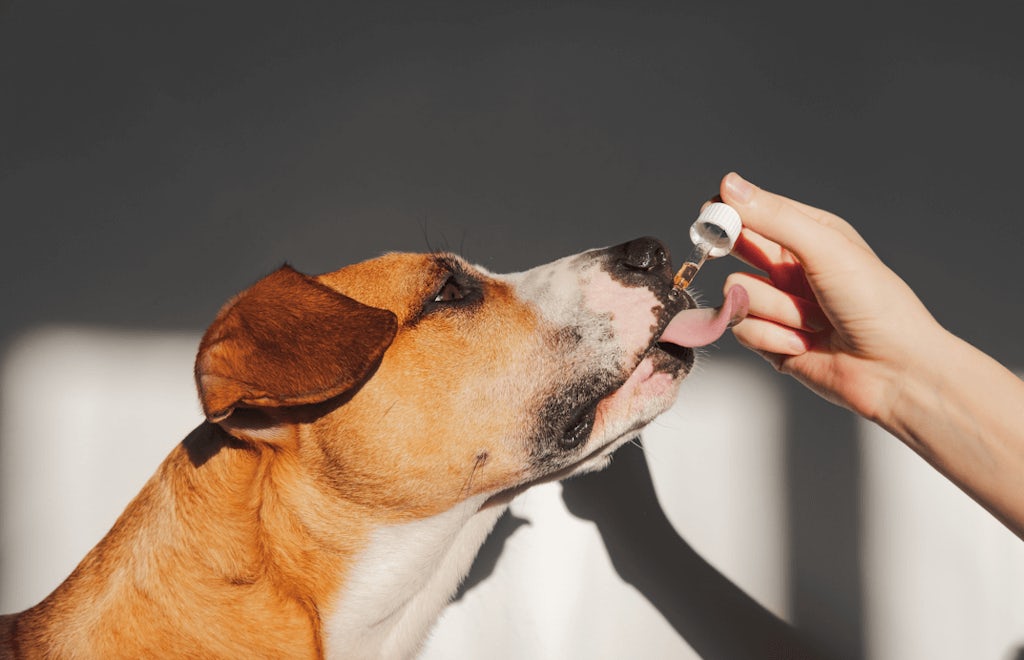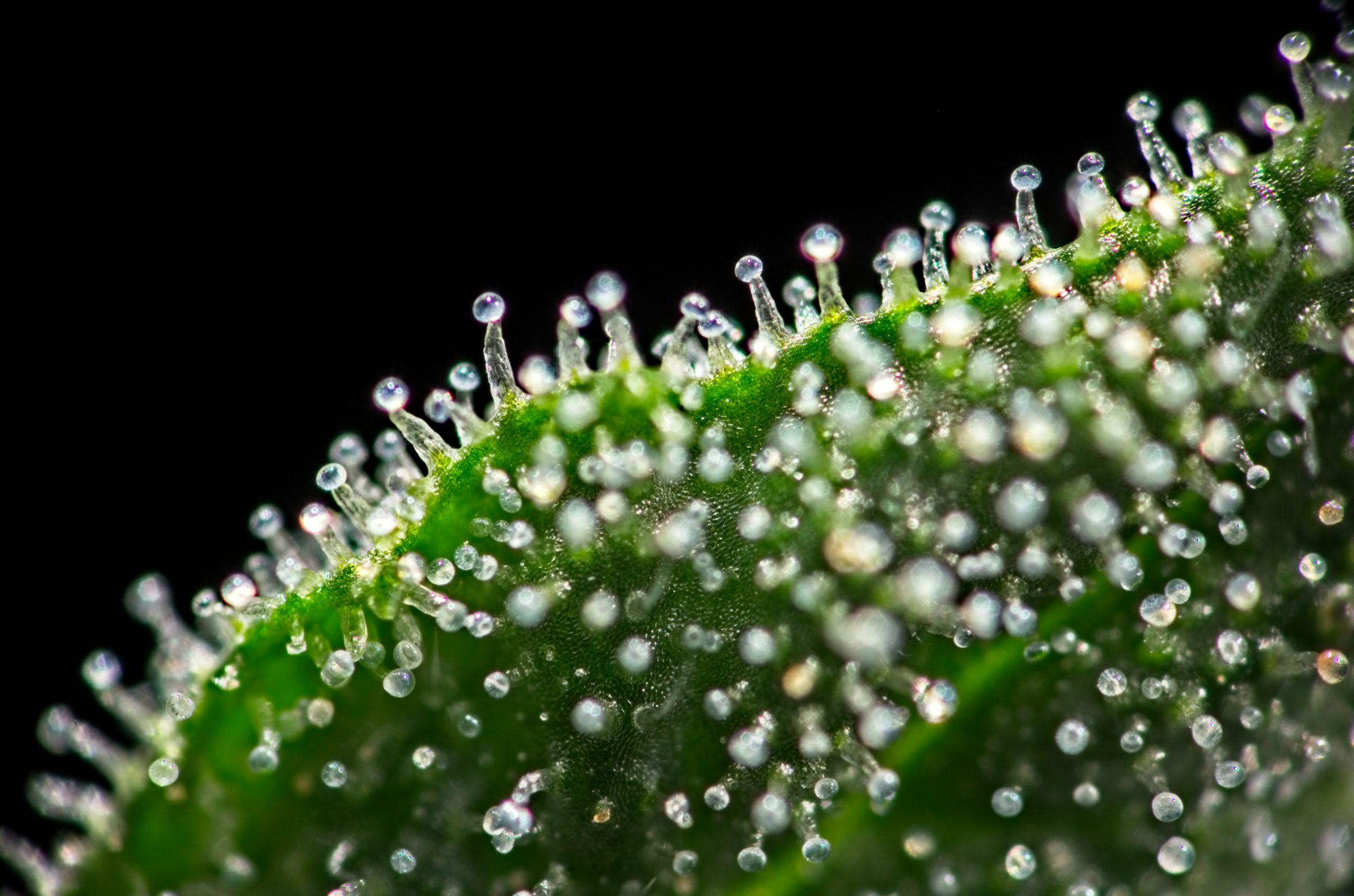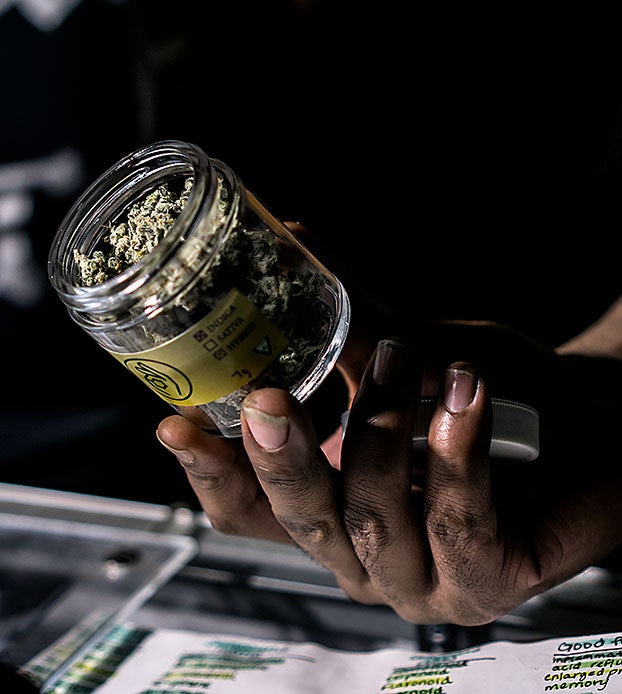The good news first – if you were for whatever reason to give a rhesus monkey a “massive” dose of THC it probably won’t die, though it may become extremely stoned and sit for hours with its head in its hands. The bad news? Massive doses of THC will kill rats – lots of rats.
These findings were unearthed in a study titled “Comparison of acute oral toxicity of cannabinoids in rats, dogs and monkeys,” carried out at the Mason Research Institute in Worcester Massachusetts in 1973. The goal of the study was to determine if there is a lethal dose of THC in mammals, and what it would take to get there. 1
The study compared herculean doses of delta-8 THC to delta-9 THC, and a crude marijuana extract (CME), which is something similar to RSO. This CME primarily delta-9 THC but also contained significant amounts of CBD, CBN and delta-8 THC. These compounds were administered to rats, rhesus monkeys and beagles by way of oral “injections”, also known as gavage, and researchers observed the results.
The monkeys were given caring doses of isolated cannabinoids ranging 131.3-3150 mg/kg of delta-9 THC or delta-8 THC or were given 5,000 mg/kg of crude marijuana extract (CME). Amazingly, and unlike ill-fated rodents mentioned below, there were no monkeys killed despite the excessively large doses of THC.
Because the intent of this 1970’s experiment was to determine lethal doses of cannabinoids in primates, scientists increased the doses to 6,000 to 9,000 mg/kg of THC, in an attempt to determine how much THC it would take to kill a primate.
Some quick math reveals that this potentially meant there were monkeys in the test who weighed 4.7 kilograms and were given as much as 42,300 mg of THC, or the equivalent of ~8,460 gummies with 5mg of THC.
All of the rhesus monkeys lived, but for the rats, it was a study that would live in infamy.
How did cannabis affect different animals?
Rodents
A total of 373 male and female Wistar-Lewis and Fischer rats died during the study, with 95% dying in the first 36-72 hours of being administered large oral doses of delta-8 and delta-9 THC.
The rats were consistently killed by all three compounds given which were 225-3600 mg/kg THC. The rats weighed about 150 grams each, which means that a 225 mg/kg dose would amount to 33mg of THC for a 150 gram rat. An 1,800 mg/kg dose would entail 540mg of THC for the rodent subject.
The rats mainly died due to “severe hypothermia and other central effects,” the researchers wrote. Hypothermia is a known effect of THC, even in humans.
One interesting observation about the rodent experiments was, despite the fact that almost all rodents died from hypothermia secondary to THC activation of the CB1 receptor, there were differences in organ damage between the CME and the THC isolates. Delta-9 and delta-8 THC both caused significant organ damage and toxicity in the rodents, but the crude marijuana extract was not associated with much organ damage despite delivering the same amount of THC. Of course, most of these rodents still died, but the lack of toxicity makes you wonder about the protective effects of the entourage of cannabinoids delivered by the CME.
Dogs
The beagles were also given giant doses of 65.6 to 2000 mg/kg of THC or 5000 mg/kg of crude marihuana extract (CME). They were 7-10 months old and weighed 6-13 kg, which means that according to the math, some of those dogs may have consumed as much as 26,000 mg of THC (if they were 13 kilograms and were given 2000 mg/kg of THC).
There were two beagles who died during the study, but both deaths were not caused by THC itself; rather the deaths were attributed to dogs aspirating (choking on) the cannabis that was being given via a tube into their stomach.
Monkeys
While the rhesus monkeys didn’t die, they were very clearly affected by the massive doses of THC they were given. They suffered behavioral changes and generally indicated depression, according to the researchers.
Though there was also a small percentage of the monkeys who became hyperactive, shortly after that activity followed the expected effects of these large doses of THC — “a period of inactivity characterized by lethargy, lack of coordination, imbalance, drowsiness, and/or a characteristic huddled posture.”
This specific position was shown by more than 90% of the treated monkeys.
“In each case, the monkeys assumed a sitting position, often facing the back of their cages, and rested their faces in their hands or between their knees.”
Ultimately though, the researchers were not able to find a dose of THC that would be lethal for a primate.
While it is theoretically possible that someone, somewhere has died from an overdose of cannabis, there has yet to be any scientific proof of such an instance. This should not be confused with “cannabis toxicity”, which can be seen in a variety of reactions like paranoia, psychosis and warped perception and motor skills, or in the reading of the monkeys who sat with their heads buried in their hands for hours on end in the 1973 animal study. 2
The use of animals in cannabis research

Anyone who has taken more than a casual glance at published cannabis research has noticed the widespread use of animals in laboratory studies, especially rodents.
Ethical issues aside, the use of animal subjects is logical in that all vertebrates – including humans – have an endocannabinoid system that can be affected by the phytocannabinoids in cannabis. Research has shown that the endocannabinoid system “is functionally expressed” in both rats and humans. That said, rodents do have distinctly different CB receptors than humans, and the actions of cannabinoids like THC can be quite different in humans compared to rats–like death for instance, which was seen in the study in 95% of mice but essentially not monkeys. 3
Animal studies can also help researchers gauge the potential risks of cannabinoid-based medications, including the mechanisms of cannabinoid reward, the abuse potential of new medications, and the effectiveness of medications developed for treating cannabis dependence. Work with squirrel monkeys given access to self-administered cannabinoids has indicated “that cannabinoid reward involves similar brain mechanisms and produces the same kinds of reward-related behavior.” 4
Monkeys are also better suited for assessing the cognitive effects of cannabis and how it can impact human brain development. A 2014 article in the American Journal of Psychiatry stated that because research on chronic cannabis administration on teenagers cannot be performed on human subjects, “a model of chronic cannabis exposure in monkeys offers the opportunity to observe the direct biological effects of the active component of marijuana on the developing adolescent primate brain and its cognitive function, independent of the confounds that exist in observational studies of teens.” 5
Mice and rats are preferred test subjects because they are small, inexpensive, and easy to feed and care for. They also have a short lifespan and several generations of mice can be observed over the course of a single study. In addition, they pose little risk to humans in a lab setting, and for most people there is less of a moral quandary regarding animal testing done on rodents, as opposed to testing done on animals that are generally seen as pests, such as dogs or monkeys.
But while animal studies are not a substitute for clinical trials, ultimately, for all mammals, “every biologically active substance exerts its effects at the cellular and molecular levels.” Which means that by performing animal trials like the ones described above may seem cruel, they serve an important role in helping us understand how drugs act in our bodies, especially at high doses that would be unethical to test in humans. 6
Moving forward, we can expect animal studies to continue, including veterinary clinical trials to assess the effectiveness of cannabis-based medicines and products on veterinary patients.
Sources
- Thompson, G. R., et al. “Comparison of Acute Oral Toxicity of Cannabinoids in Rats, Dogs and Monkeys.” Toxicology and Applied Pharmacology, vol. 25, no. 3, July 1973, pp. 363–72. PubMed, https://doi.org/10.1016/0041-008x(73)90310-4.
- Turner, Anisha R., et al. “Marijuana Toxicity.” StatPearls, StatPearls Publishing, 2021. PubMed, http://www.ncbi.nlm.nih.gov/books/NBK430823/.
- Bakali, Evangelia, et al. “Distribution and Function of the Endocannabinoid System in the Rat and Human Bladder.” International Urogynecology Journal, vol. 24, no. 5, May 2013, pp. 855–63. PubMed, https://doi.org/10.1007/s00192-012-1954-1.
- Panlilio, Leigh V., et al. “Animal Models of Cannabinoid Reward.” British Journal of Pharmacology, vol. 160, no. 3, June 2010, pp. 499–510. PubMed Central, https://doi.org/10.1111/j.1476-5381.2010.00775.x.
- CORCORAN, CHERYL. “Marijuana and Adolescence: What Can We Learn From Primates?” The American Journal of Psychiatry, vol. 171, no. 4, Apr. 2014, pp. 381–83. PubMed Central, https://doi.org/10.1176/appi.ajp.2014.14010085.
- Medicine (US), Institute of, et al. Cannabinoids and Animal Physiology. National Academies Press (US), 1999. www.ncbi.nlm.nih.gov, https://www.ncbi.nlm.nih.gov/books/NBK230721/.
Sign up for bi-weekly updates, packed full of cannabis education, recipes, and tips. Your inbox will love it.

 Shop
Shop Support
Support



















